Categorizing Legal Work in the GenAI Era
In reading an article from Thomson Reuters on the death of the billable hour back in September 2024, it became obvious, the legal industry stands at a critical inflection point. As generative AI tools become increasingly sophisticated, law firms must strategically reconsider how they categorize, assign, and bill for legal work. This isn't simply about technology adoption—it's about proactively restructuring your firm's entire approach to service delivery and revenue management.
Screen shot above shows the Categorization Decoder output from Legal Decoder which breaks down tasks to the very detailed levels beyond standard Task Codes (ABA or J-Codes) to help firms understand what work may be redistributed to GenAI moving forward and which requires a human and at what level.
The Three-Tier Framework for Legal Work Categorization
Tier 1: High-Value Partner Work
The human element that commands premium rates
As AI assumes more routine tasks, partner expertise becomes even more valuable. Work that should remain with highly specialized partners and command increased premium rates includes: strategic case planning and litigation strategy; complex negotiations requiring nuanced judgment; building and maintaining client relationships; crisis management and sensitive matters; novel legal questions without precedent; regulatory advocacy and governmental relations; cross-disciplinary matters requiring business acumen.
Revenue Opportunity: As routine work shifts to AI, partners can focus exclusively on these high-value activities, justifying higher rates (potentially 15-25% above current premium rates) while delivering greater client value.
Tier 2: Associate/Paralegal Work with Staying Power
The necessary human oversight and implementation
Certain work will remain with associates and paralegals, even as some of their traditional responsibilities shift to AI: supervision and quality control of AI-generated work; implementation of strategies developed by partners; client-facing explanations of AI-generated work product; specialized research requiring contextual understanding; preparing witnesses and managing human elements of cases; adapting AI outputs to specific client circumstances; training and refining AI systems with firm-specific knowledge.
Revenue Strategy: This tier requires transparent billing practices that clearly delineate human value-add from AI assistance, potentially through hybrid billing models.
Tier 3: Work Shifting to GenAI
Flat fee or subscription-based services
Work that will increasingly shift to AI tools includes: document review and initial contract analysis; due diligence and compliance checks; standard legal research; document drafting from templates; basic discovery and e-discovery; legal information organization and knowledge management; initial case assessment and legal issue spotting.
Revenue Transformation: Firms must develop flat-fee or subscription models for these services, focusing on efficiency and scalability rather than billable hours.
Implementing the Framework: Key Steps
Audit Current Work: Systematically review all billable activities across your firm to identify which category they fall into. Legal Decoder offers these services using their AI-based Algorithm, Categorization Decoder.
Forecast Revenue Impact: Model various scenarios to understand how revenue will shift as more work moves to Tier 3
Develop New Billing Models: Create transparent pricing structures that reflect the value of each tier
Client Education: Proactively communicate how this framework benefits clients through improved efficiency and focused expertise
Technology Investment: Identify and implement the right GenAI tools that complement your firm's practice areas
The Competitive Advantage of Proactive Categorization*
Firms that delay this recategorization exercise face significant revenue risks as clients increasingly question traditional billing models. Those that embrace this framework gain: clearer understanding of true profit centers; more predictable revenue forecasting; enhanced ability to demonstrate value to clients; strategic focus on developing partner expertise in highest-value areas; competitive differentiation through transparent, value-based pricing.
The billable hour isn't dead—but it is evolving. The firms that thrive will be those that strategically determine which work deserves premium human rates and which should transition to more efficient AI-driven delivery models.
*To understand how to start categorizing this work, reach out to Jane Trombly, jtrombly@legaldecoder.com

